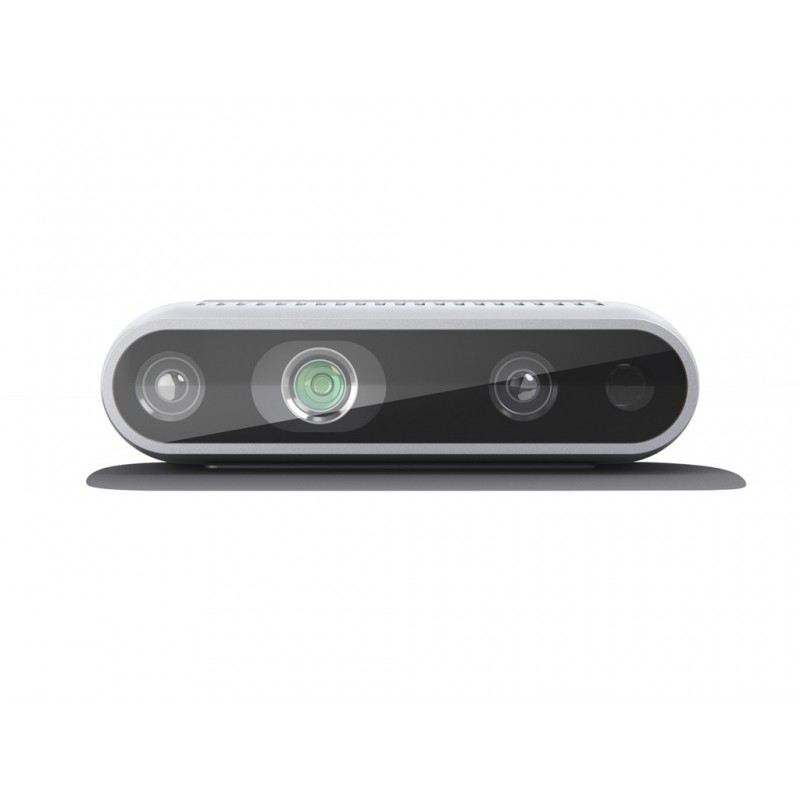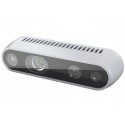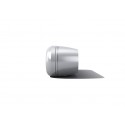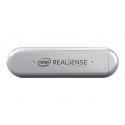The all-new Intel RealSens Depth Camera D435i combines the depth-sensing abilities of the D435 with the addition of an inertial size unit (IMU). For splendid scans, an IMU presents a further set of records taking into account better dense reconstruction. Alternately, in robotics, the Robotic Operating System (ROS) takes this enter in your robot so you can understand its role within the international.
What is an IMU?
The inertial measurement unit (IMU) is used for the detection of actions and rotations in 6 levels of freedom (6DoF). An IMU combines a diffusion of sensors with gyroscopes to come across both rotation and motion in 3 axes, in addition to pitch, yaw, and roll. It is utilized in applications consisting of gaming and pointing devices as well as photograph stabilization.
Why IMU?
Adding an IMU permits your software to refine its depth awareness in any state of affairs wherein the digital camera actions. This opens the door for rudimentary SLAM and monitoring packages permitting better point-cloud alignment. It additionally permits advanced environmental recognition for robotics and drones. The use of an IMU makes registration and calibration less complicated for hand-held scanning system use cases and is also important in fields together with virtual/augmented reality and drones. When the usage of the D435i, our Intel RealSense SDK 2.Zero gives IMU facts this is time-stamped to align with our outstanding depth statistics.
Combined Solution for Development & Productisation
The Intel RealSens D435i locations an IMU into our slicing‑aspect stereo intensity camera. With an Intel module and vision processor in a small form issue, the D435i is a effective whole package that can be paired with customisable software program for a intensity camera this is able to understanding its personal motion.
Ideal for cameras in motion
The mixture of a huge area of view and a global shutter sensor on the intel D435i make it the preferred answer for applications such as robotic navigation and item reputation. The wider field of view lets in a unmarried digital camera to cover more regions resulting in fewer “blind spots”. The global shutter sensors offer awesome low‑light sensitivity permitting robots to navigate spaces with the lighting fixtures off.
Complete Suite for Simple Integration
The depth digicam D435i is part of the Intel RealSens D400 collection of cameras, a lineup that takes Intel’s contemporary depth‑sensing hardware and software and packages them into smooth‑to‑combine merchandise. Perfect for developers, makers, and innovators seeking to carry depth sensing to gadgets, Intel RealSens D400 series cameras offer simple out‑of‑the‑container integration and permit a whole new technology of intelligent vision‑equipped solutions.
| SPECIFICATIONS |
|
| Manufacturer |
Intel |
| FOV Horizontal |
91.2 |
| Maximum Range |
10m+ |
| FOV Diagonal |
100.6 |
| FOV Vertical |
65.5 |
| Minimum Depth Distanc e [mm] |
200 |
| Baseline [mm] |
50 |
| Shutter Type |
Global shutter |
| Type |
Housed Camera |
| Vertical Resolution |
800 |
| Horizontal Resolution |
1280 |
| Interface |
USB 3.0 |
| Max. RGB Resolution |
1920 x 1080 |
| RGB Sensor |
Yes |
| Max. Depth Resolution |
1280 x 720 |
| Depth Technology |
Active IR Stereo |
| OVERVIEW |
|
| Image Sensor Technology |
Global Shutter 3μm x 3μm pixel size |
| Maximum Range |
Approx. 10m |
| Depth Technology |
Active IR Stereo |
| Camera Module |
Intel RealSense Module D430 + RGB camera |
| Depth Output Resolution |
up to 1280 x 720 active stereo depth resolution |
| Frame Rate |
Up to 90 fps |
PACKAGE INCLUDES:
1 PCS x Intel Realsense Depth Camera D435I
1 PCS x Intel RealSense SDK 2.0 which provides a depth and IMU data stream.
1 PCS x IMU Data is time-stamped to align with depth data as needed.
1 PCS x Desktop Tripod.
1 PCS x USB-C-Type Cable
https://www.intelrealsense.com/depth-camera-d435i/
//SOURCE CODE TAKEN FROM BELOW LINK
//https://www.intelrealsense.com/developers/
// Create a Pipeline - this serves as a top-level API for streaming and processing frames
rs2::pipeline p;
// Configure and start the pipeline
p.start();
while (true)
{
// Block program until frames arrive
rs2::frameset frames = p.wait_for_frames();
// Try to get a frame of a depth image
rs2::depth_frame depth = frames.get_depth_frame();
// Get the depth frame's dimensions
float width = depth.get_width();
float height = depth.get_height();
// Query the distance from the camera to the object in the center of the image
float dist_to_center = depth.get_distance(width / 2, height / 2);
// Print the distance
std::cout << "The camera is facing an object " << dist_to_center << " meters away \r";
}
https://youtu.be/A4Kjvosvx5I
https://youtu.be/LBMsWJJxLXQ
 9962060070
9962060070



